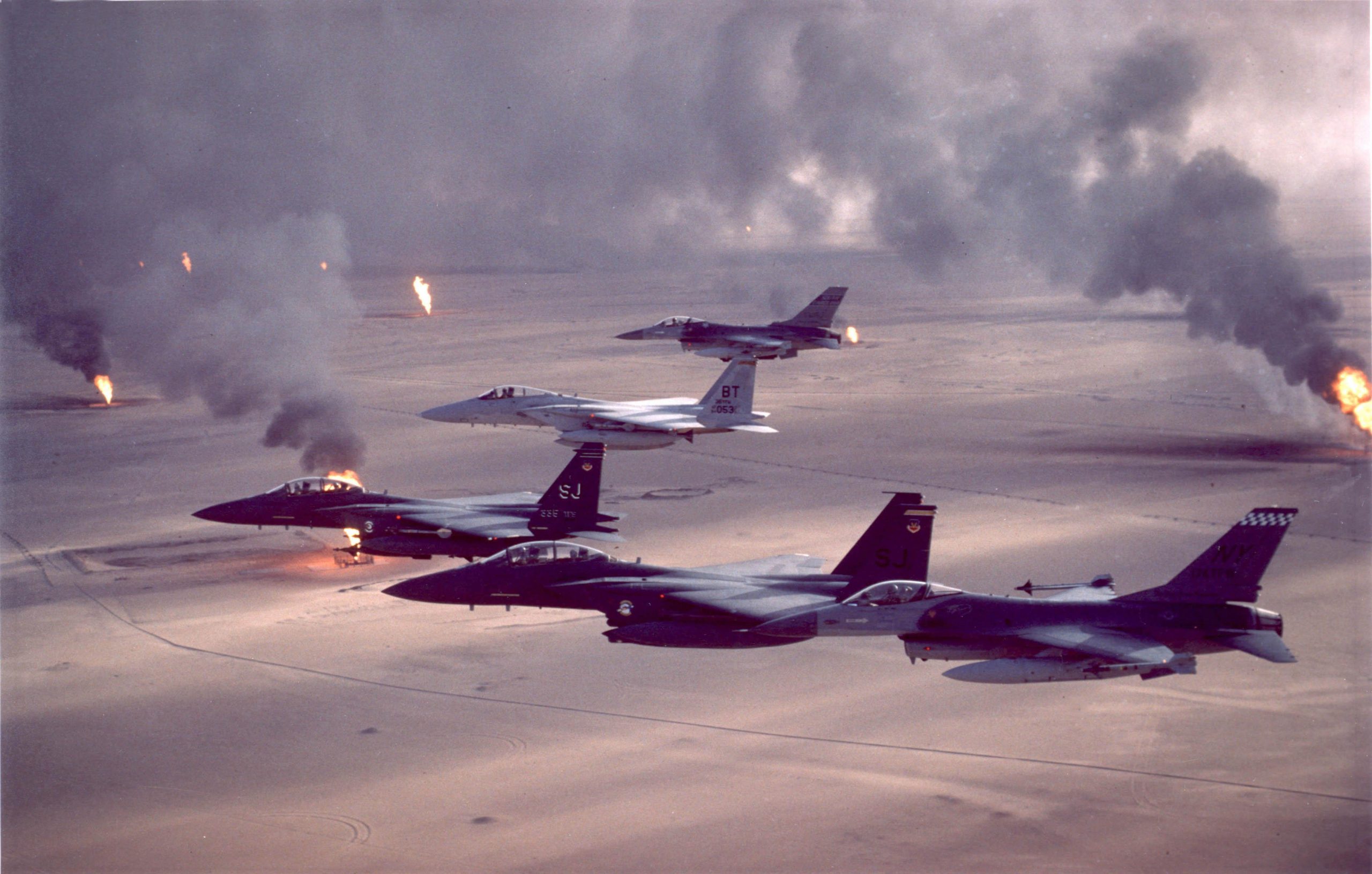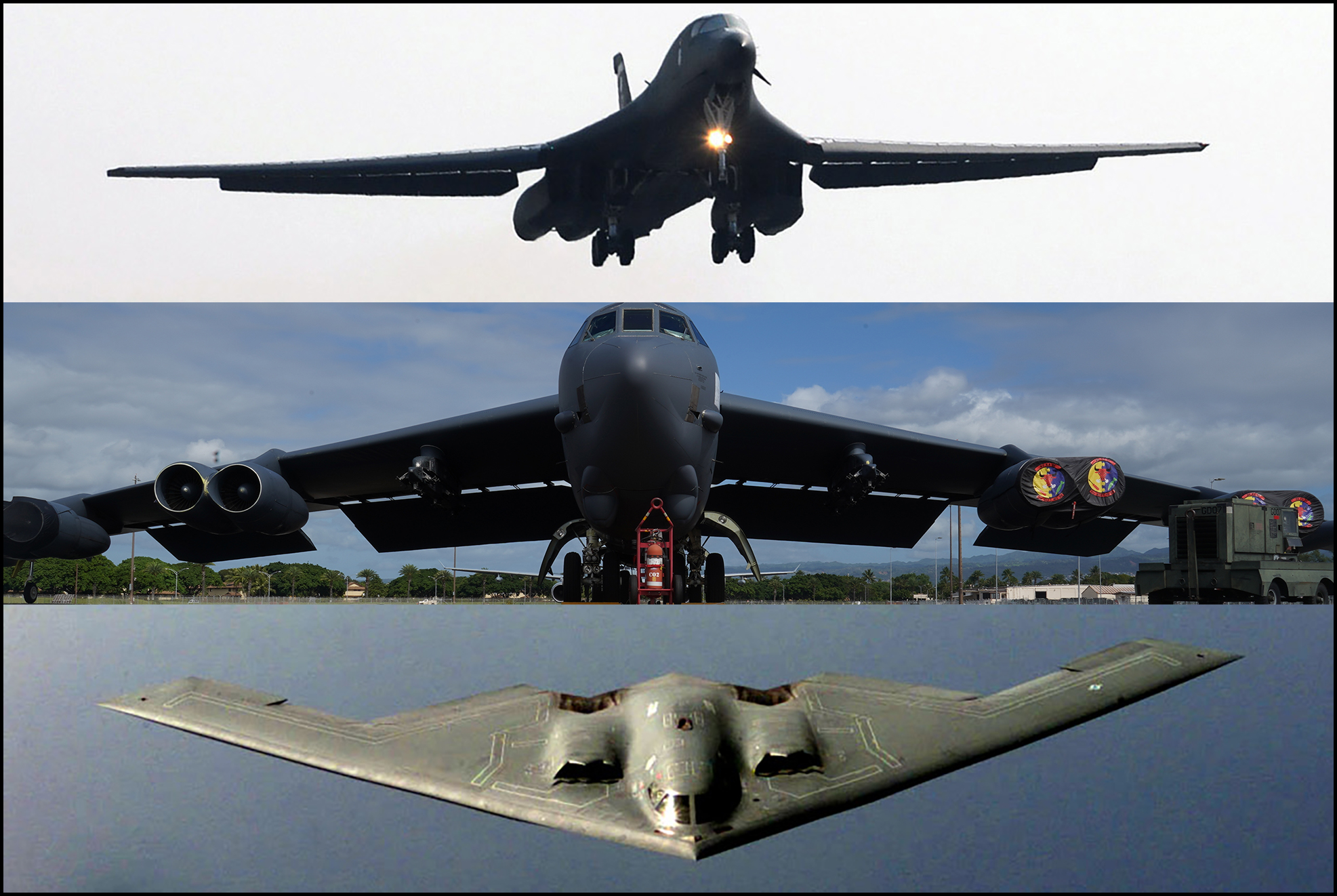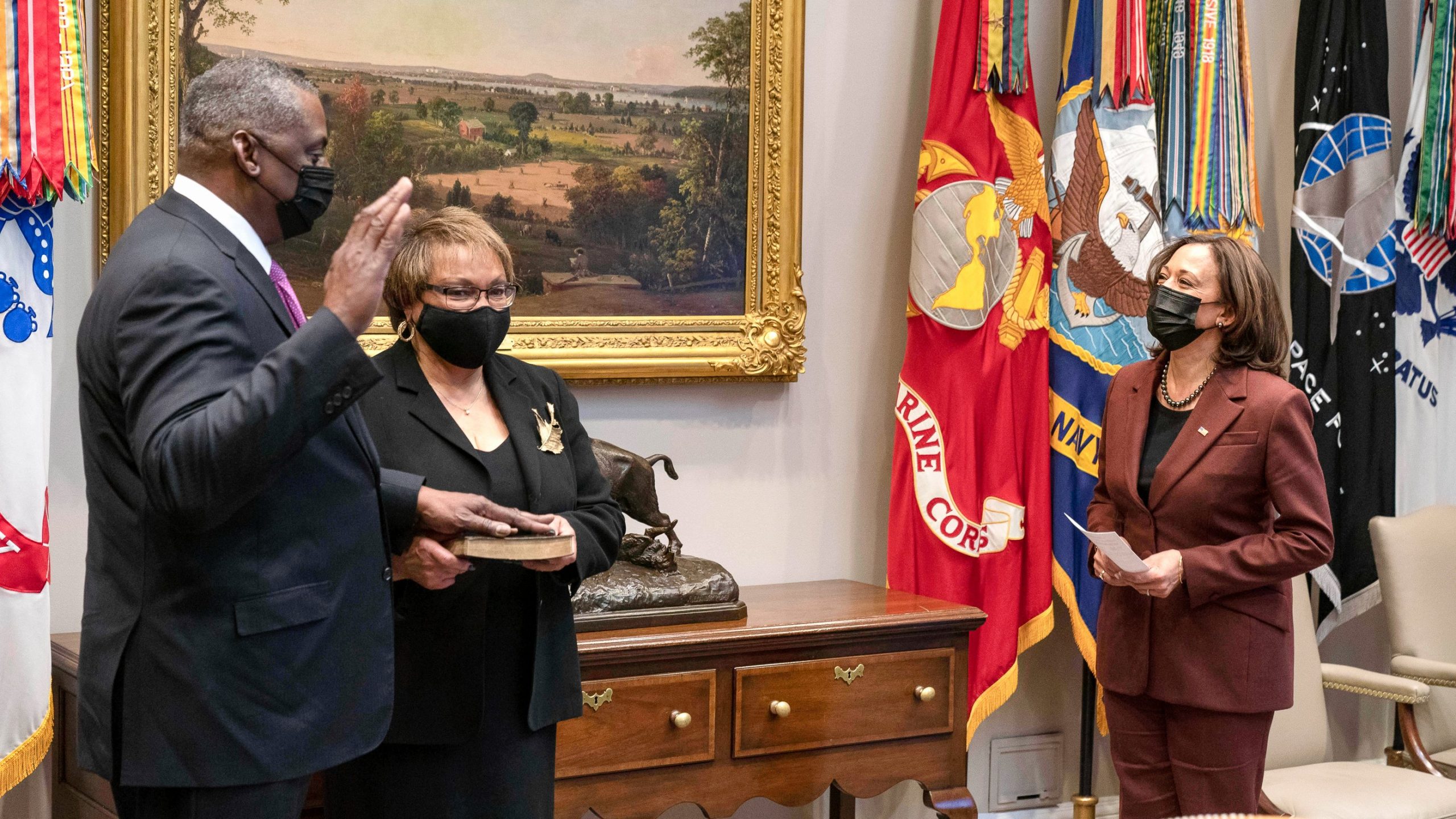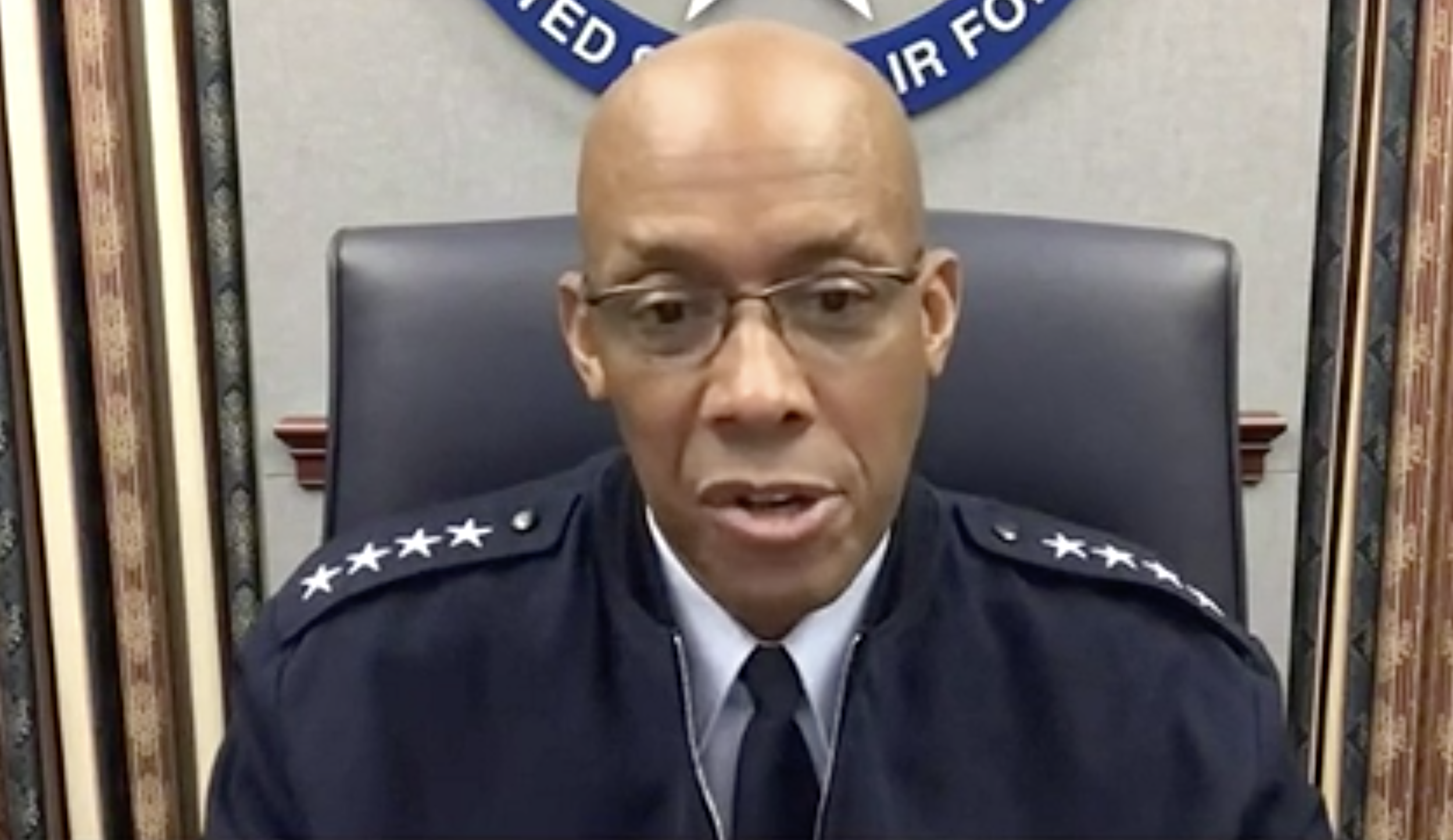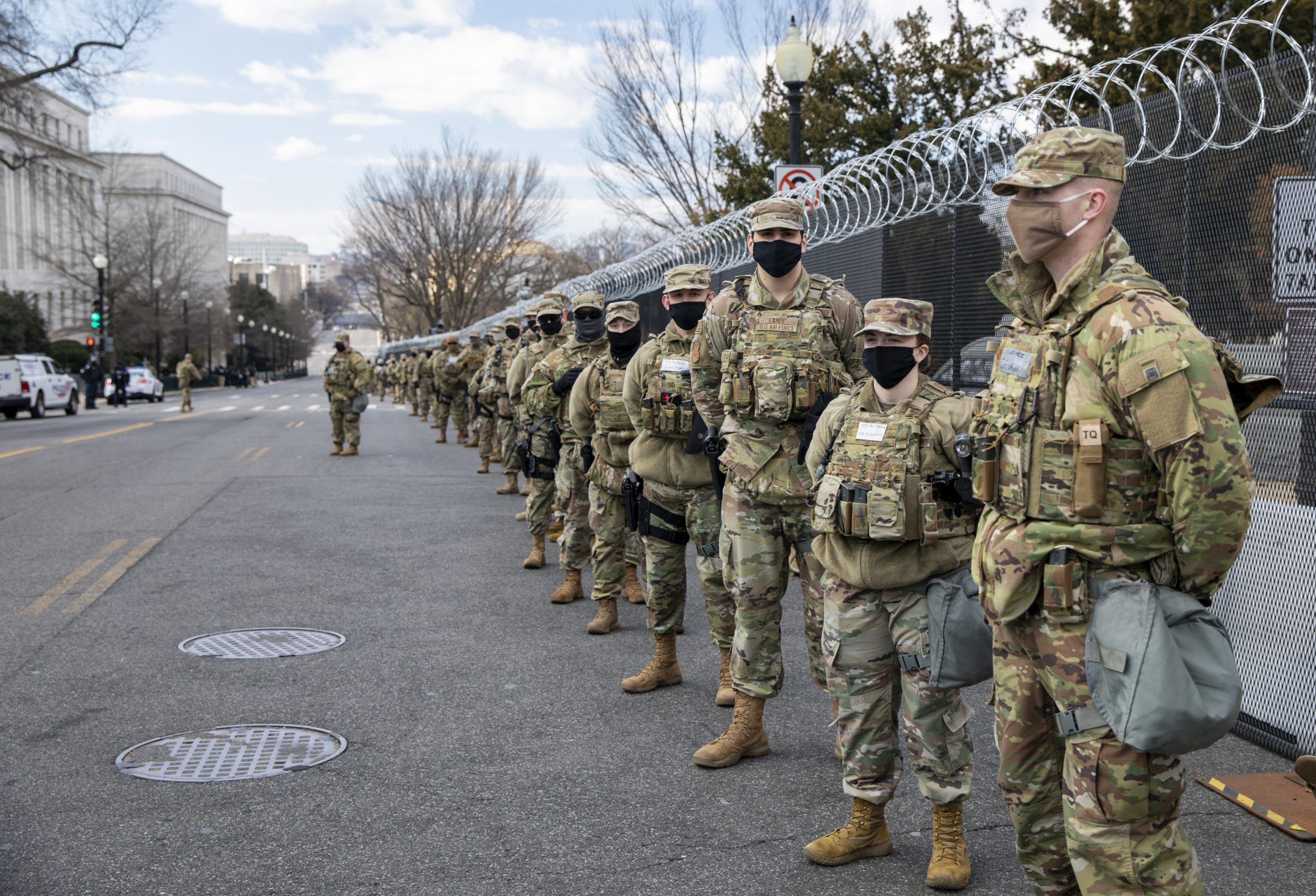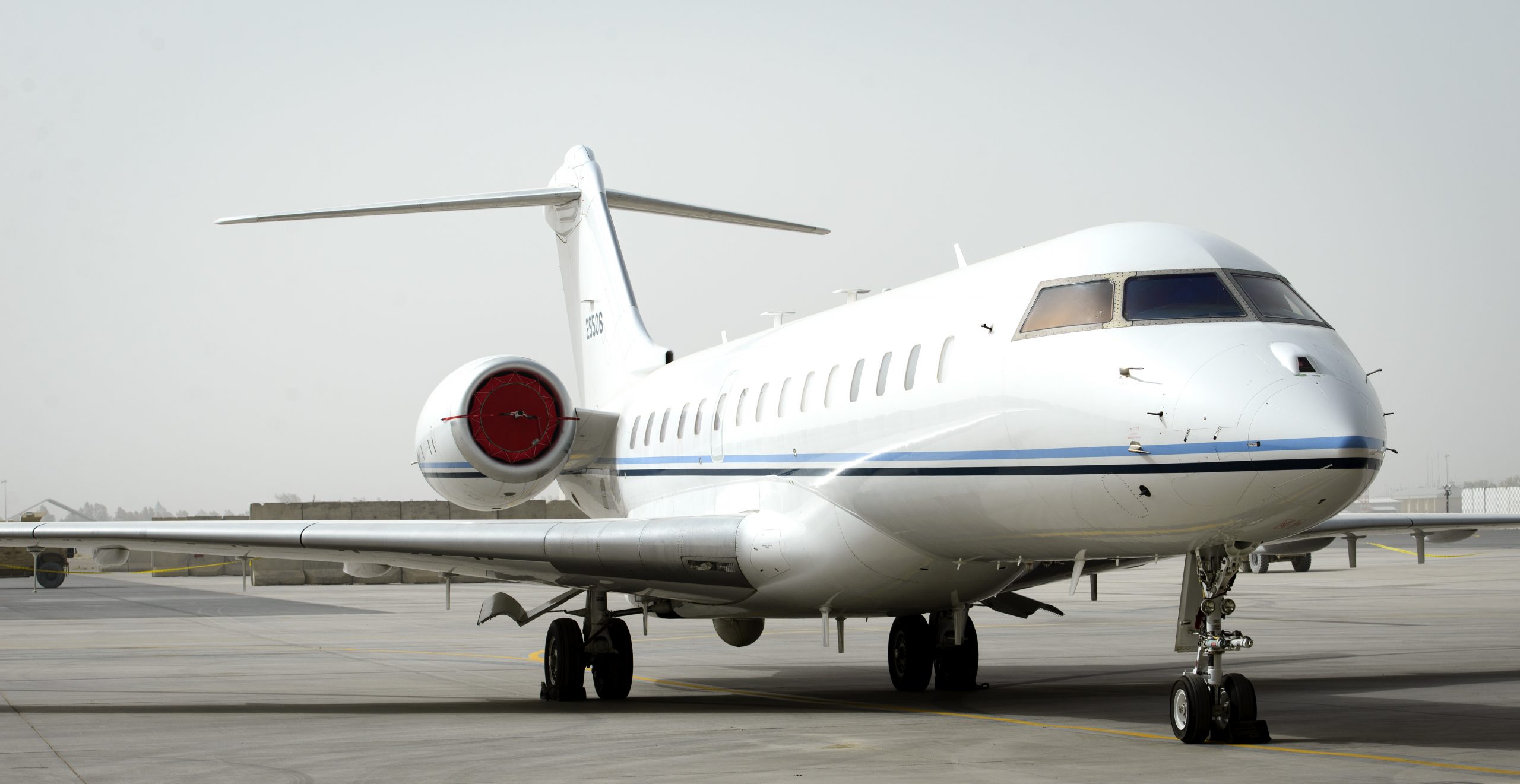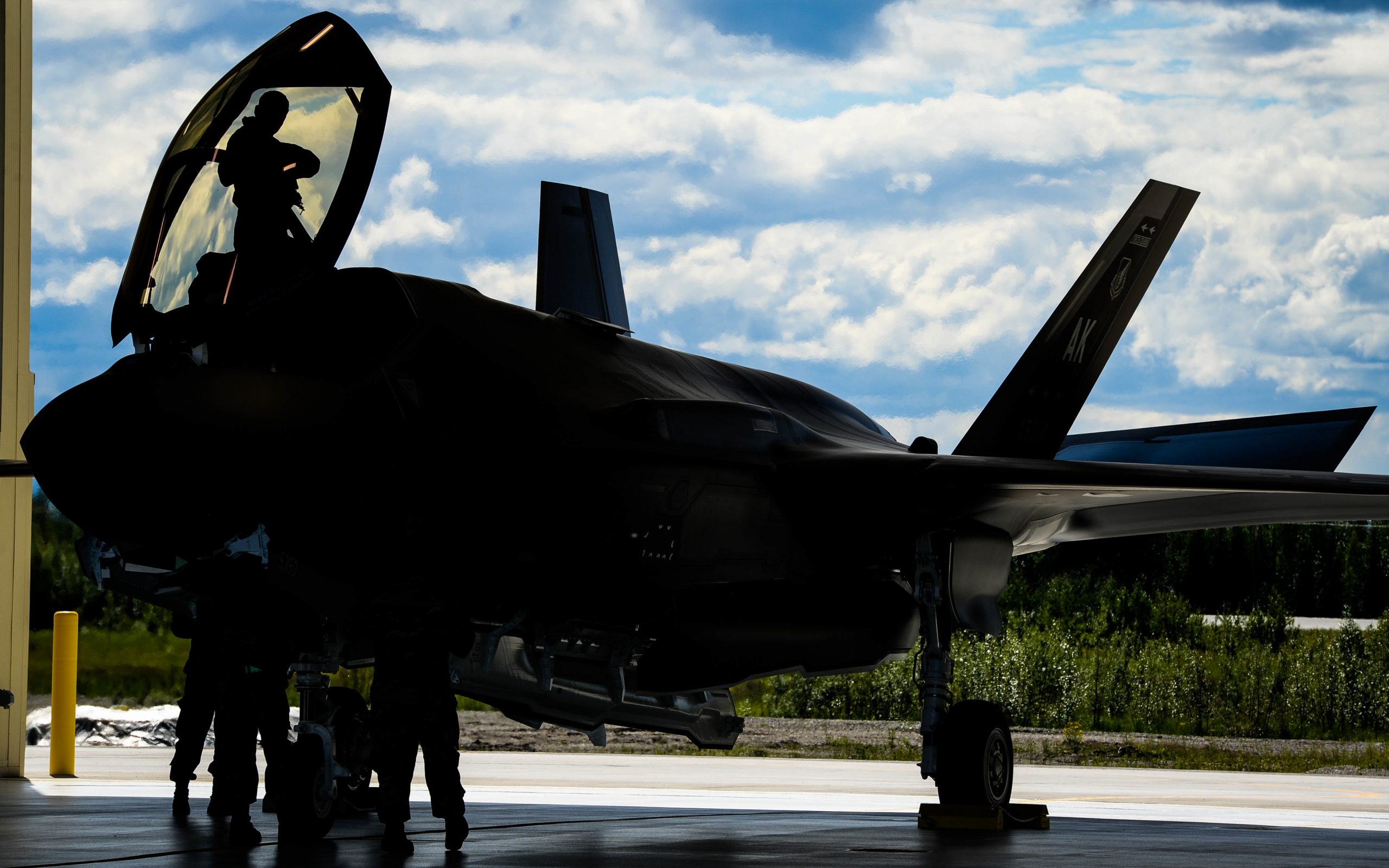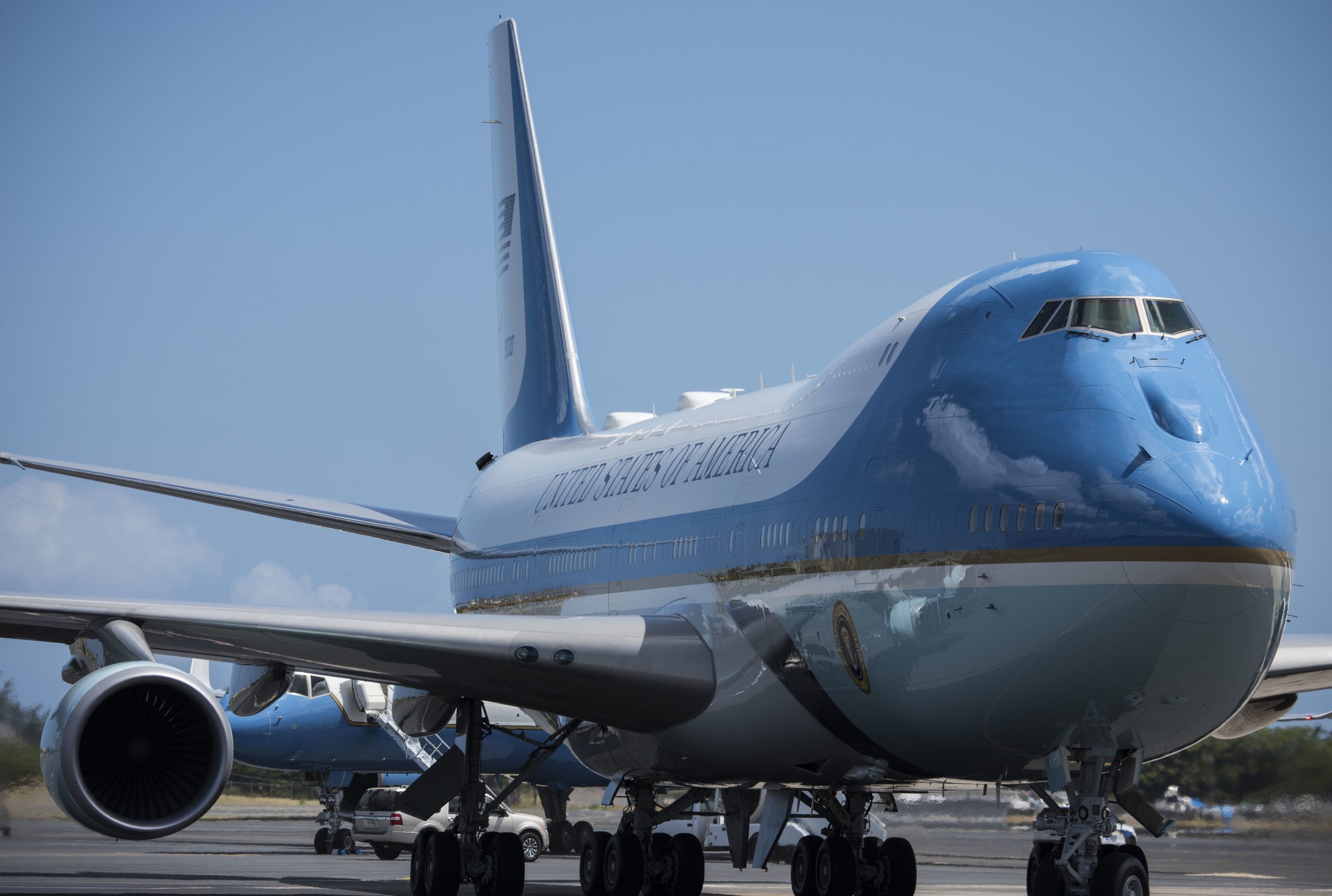In commemoration of the 30th Anniversary of Operation Desert Storm, Air Force Magazine is posting daily recollections from the six-week war, which expelled Iraq from occupied Kuwait.
Jan. 26:
- Air emphasis shifts to strikes against an Iraqi field army in Kuwait.
- Iraq sends aircraft to Iran for sanctuary (by war’s end, 122 had fled).
- Marines fire 155 mm Howitzers at Iraqi troops six miles inside Kuwait.
- In Washington, marchers protest war in Persian Gulf.
- Anti-war protesters march in Bonn and Berlin, Germany, as well as in Switzerland and France.
- Demonstrations are held in support of war in several U.S. cities, among them Boston and Chicago.
Check out our complete chronology of the Gulf War, starting with Iraq’s July 1990 invasion of Kuwait and running through Iraq’s April 1991 acceptance of peace terms.
